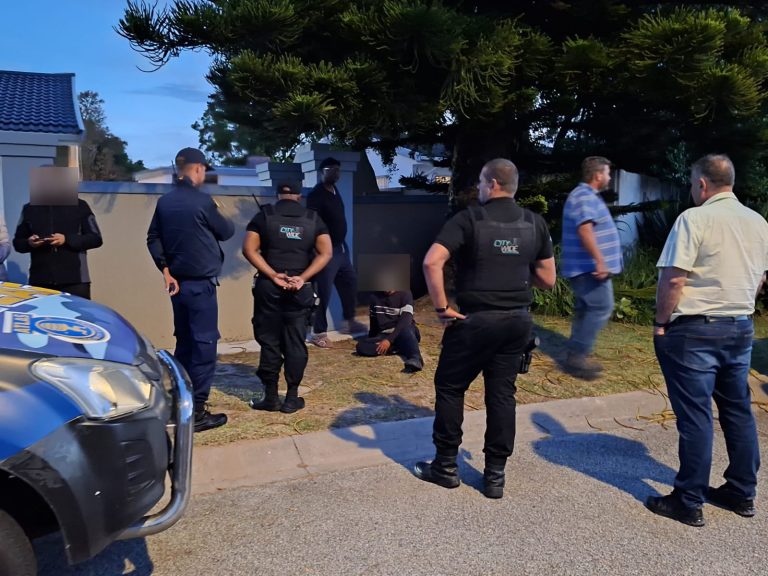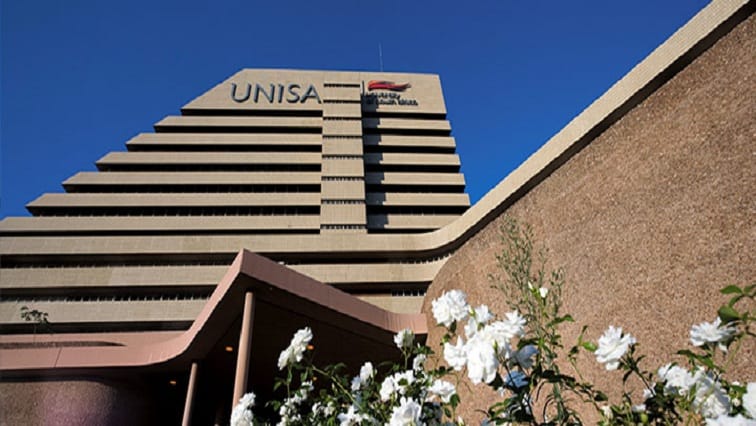AfriForum says SABC must ensure a fixed time for Afrikaans TV news on SABC2
In a letter to the Chairman, Chief Executive and management of the SABC, AfriForum demands that the daily Afrikaans news bulletins should be moved back to SABC2 and then be broadcasted at the same time daily, without being replaced by sports or other events. This follows an announcement that the news bulletins will henceforth be broadcasted on Saturdays and Sundays at 18:15 on SABC2, but will remain on SABC3 in the 20:30 time slot on weeknights.
According to Alana Bailey, AfriForum’s Head of Cultural Affairs, it is unacceptable that Afrikaans viewers and advertisers are expected to shuffle between channels and time slots to be able to watch news, and then do not even have the guarantee that the bulletin will go ahead if the channel’s management deems a game or other programme to be more important that night.
“Afrikaans consumers are loyal and financially strong. About a third of the country’s market is Afrikaans. This makes it even more incomprehensible that the SABC chooses to alienate these viewers while the public broadcaster is in deep financial trouble. It is proverbially choosing to kill a goose that lays golden eggs!”
AfriForum is extremely concerned about the role played by the public broadcaster. Not only Afrikaans speakers, but also the speakers of other, smaller language groups in the country have already been complaining about news bulletins at inconvenient times and the final shutdown of analogue signal towers for many years.
In recent years, the SABC has been embroiled in political games and subjected to poor management to such an extent that the once powerful organisation that served all communities in the country, is reaching ever fewer people.
“Sensible programme schedules, competent management, respect for all language groups in the country and the nurturing of the public’s interests must once again be at the top of the SABC’s priority list. The way in which it will handle Afrikaans news bulletins henceforth will be an important indicator of whether this will indeed be the case in future,” Bailey says.











